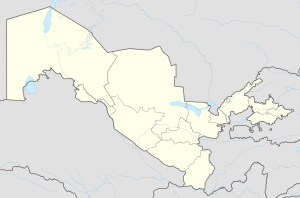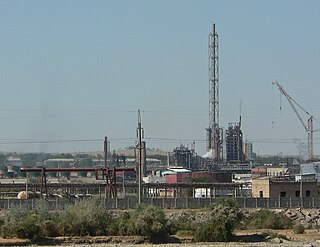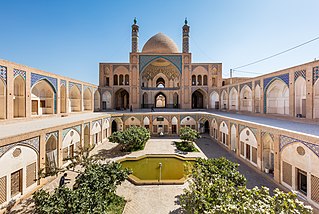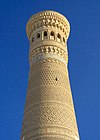| Burchmulla | |
|---|---|
| Village | |
| Coordinates: 41°35′58″N70°06′05″E / 41.59944°N 70.10139°E Coordinates: 41°35′58″N70°06′05″E / 41.59944°N 70.10139°E | |
| Country | |
| Province | Tashkent Region |
| District | Bostanliq District |
| Time zone | UTC+5 (UZT) |
Burchmulla (also spelled Brichmulla and Brich-Mulla, Russian: Брич-Мулла́) is a village in the northeast of Tashkent Province, Uzbekistan, by the Koksu River near its inflow into the Charvak Reservoir by the southwestern extremity of the Koksu Ridge, west Tian Shan. It is about 120 km NEE from Tashkent. [1]

A village is a clustered human settlement or community, larger than a hamlet but smaller than a town, with a population ranging from a few hundred to a few thousand. Though villages are often located in rural areas, the term urban village is also applied to certain urban neighborhoods. Villages are normally permanent, with fixed dwellings; however, transient villages can occur. Further, the dwellings of a village are fairly close to one another, not scattered broadly over the landscape, as a dispersed settlement.

Uzbekistan, officially also the Republic of Uzbekistan, is a landlocked country in Central Asia. The sovereign state is a secular, unitary constitutional republic, comprising 12 provinces, one autonomous republic, and a capital city. Uzbekistan is bordered by five landlocked countries: Kazakhstan to the north; Kyrgyzstan to the northeast; Tajikistan to the southeast; Afghanistan to the south; and Turkmenistan to the southwest. Along with Liechtenstein, it is one of the world's only two doubly landlocked countries.
Koksu River is a river in Kazakhstan. It flows within Almaty Region, in the historical Semirechye region, from the western slopes of the Dzungarian Alatau.
By 2005, Brichmulla had population of 4,100 in 760 families.
A Neanderthal archaeological site exists near Brichmulla. In mediaeval times, Brichmulla was an important town, a fortress and mining location. Polymetallic and other deposits are known in the area, including arsenic, bismuth, lead and silver. In 18-19th centuries gold was extracted by washing through wool carpets [1]
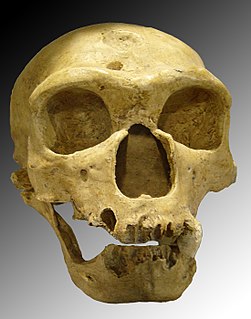
Neanderthals are an extinct species or subspecies of archaic humans in the genus Homo, who lived within Eurasia from circa 400,000 until 40,000 years ago.

An archaeological site is a place in which evidence of past activity is preserved, and which has been, or may be, investigated using the discipline of archaeology and represents a part of the archaeological record. Sites may range from those with few or no remains visible above ground, to buildings and other structures still in use.

Deposition is the geological process in which sediments, soil and rocks are added to a landform or land mass. Wind, ice, water, and gravity transport previously weathered surface material, which, at the loss of enough kinetic energy in the fluid, is deposited, building up layers of sediment.
Brichmulla is also known in Russian culture due to the song Brich-Mulla by Tatyana and Sergey Nikitin.

The culture of the ethnic Russian people has a long tradition of achievement in many fields, especially when it comes to literature, folk dancing, philosophy, classical music, traditional folk music, ballet, architecture, painting, cinema, animation and politics, which all have had considerable influence on world culture. Russia also has a rich material culture and a tradition in technology.

Sergey Yakovlevich Nikitin is a prominent Soviet and Russian bard, composer, and biophysicist. He performs both solo and in a duet with his wife, Tatyana Nikitina all over Russia, the former Soviet republics, and other countries with significant Russian-speaking diaspora. Sergey Nikitin is also known as a composer and performer of songs for children.
